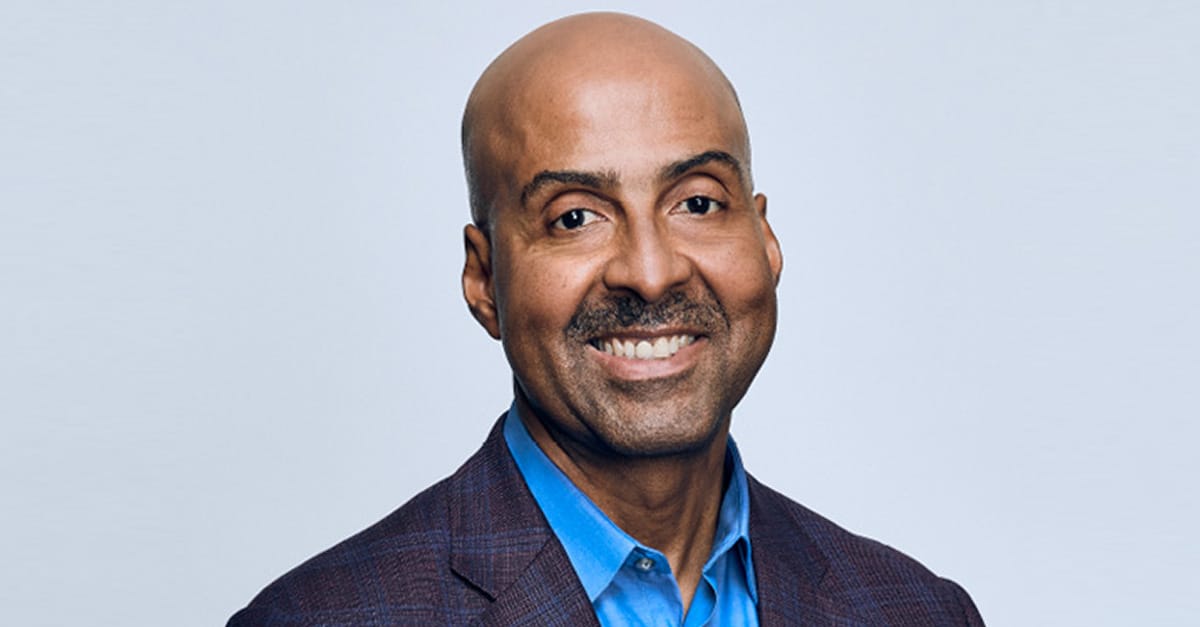‘Not a Great Product’: AT&T Not Looking to Invest Heavily in Fixed Wireless
The company’s CFO compared fixed wireless to ‘empty calories.’
Ahmad Hathout

February 27, 2023 – The chief financial officer of AT&T said Monday that the company doesn’t see fixed wireless as a great long-term solution as the company focuses on plowing fiber at a record pace.
“Fixed wireless in certain cases is kind of nice, it’s a nice catch product where we have a copper customer that we’re going to get to in the next 12 to 24 months,” said Pascal Desroches during Deutsche Bank’s annual media, internet and telecom conference.
“But long term, it’s not a solution we want to put a lot of resources behind. Why? It’s because it’s not a great product and the customer ultimately is going to reject it,” he said. “That is our belief. When you look at the amount of bandwidth that is consumed in the home, over time the customer’s experience is going to degrade and we don’t think it’s a product that we want to spend a lot of resources on.”
AT&T CEO John Stankey said early last year that fixed wireless still plays an important role for rural Americans.
Fixed wireless products use cellular airwaves to deliver internet to the home. It is a product that AT&T delivers to customers in rural and remote areas, which are regions that are otherwise financially difficult to connect with fiber.
It also has been the subject of reports and at the center of heated debates over whether governments should plow federal funds into such builds in an effort to connect the entire nation to high-speed internet. When the Federal Communications Commission, for example, announced its initial awards from its $9.2 billion Rural Digital Opportunity Fund, critics panned its decision to award large amounts to fixed wireless technologies because of alleged unproven high-speed promises.
On review, the commission even revoked the RDOF money initially awarded to LTD Broadband – one of the largest initial recipients of the fund – because it didn’t think it was “reasonably capable of deploying a network of the scope, scale, and size” required by its bids.
Last week, fixed wireless service provider Starry filed for bankruptcy.
Fiber favored by federal government’s broadband build
The National Telecommunications and Information Administration, which is the administrator of the $42.5 billion Broadband Equity, Access and Deployment program, has already said that it favors fiber builds, but state recipients of the funds must consider all types of builds. The NTIA is expected to deliver the funds to the states by June 30.
“Candidly, we’d much rather take our resources, focus on deploying more fiber,” Desroches said, adding the company is exploring using spectrum to experiment and deliver new services.
“Let’s not get distracted by chasing empty calories in the near term,” he said.
On that front, Desroches said the company has exceeded its own expectations on how far it can drive fiber in its own footprint, saying that it is penetrating at twice the level compared to the first year of its plan. The company said it expects to bring 30 million or more households inside its footprint fiber over the “next several years.”
“This is a product that is durable, the maintenance associated with it is much more attractive than our copper footprint,” Desroches said.
Desroches also said the company’s joint venture with investment firm BlackRock to build fiber outside of its footprint could be expanded if things prove out as the company expects. The two companies are splitting the equity investment equally.
And the plan to plow fiber inside and outside of its footprint is expected to be accelerated, he said, with the money coming from the NTIA’s BEAD program.
“We are going to be able to capitalize on that money coming to the marketplace over the next several years at an accelerated pace versus if we had just done it ourselves,” he said.









Member discussion